Innovation is a journey – it does not happen overnight, and it is difficult to adopt for well-established organizations. By far, they are better in execution rather than innovation. Innovation is all about experimentation, shaping a hypothesis, testing it quickly, learning and trying again. Collaboration is at its essence and this is not easy to execute in large organizations where operations, data and systems are in silos. Innovation is associated with a startup mindset – as they don’t start out with a detailed business plan but instead begin with an idea.
For large organizations, what we can take from startups and their approach to innovation is the iterative, experimental approach that is needed to test ideas and shaped into something customers will value. In order to do that, organizations and their enterprise architects must focus on experimentation and feedback loops by using design thinking, lean startup and agile techniques.
Look for a more responsive approach where “time to value” is measured in weeks not months
The transformation lies in building a continuous feedback loops and experimentation model to innovate and deliver value to customers. So how can we leverage the startup innovation and bring it in our complex well established organization?
There is no single answer. Start with a far-reaching vision that makes innovation a target for growth and include it in investment plans across the organization to deliver business outcomes. Find a suitable area of your business and a supportive business partner, create a cross-functional team and get going. Try these different approaches, find what works, evolve your iteration approach and move on.
Use a combination of the following approaches:
Design Thinking emerged from the world of design that brings a very strong customer-centricity. The purpose of this process is to come up with richer ideas that have enough merit to go into prototyping – using lean startup approach. We use this approach to imagine the future and define the digital strategy and the direction of the digital journey.
Lean Startup evolved in the startup world. A methodology that aims to quickly and iteratively build the “Minimum Viable Product (MVP)” that can be released and through feedback loops, the product continues to evolve. We use this approach to build the Enterprise Architecture focusing on the operating model: process innovation, customer engagement, digital products and services, change management and digital competencies.
Agile is a key element to working digitally. Agile is the umbrella for implementing set of iterative methodologies such as Kanban, Scrum and extreme programming. It is a customer-focused approach that is highly collaborative. We use this approach to deliver the components of Digital Twin of Organization in 2 weeks sprint.
At Thynkli- we combine the three innovative approaches and tailor them to your needs to achieve business outcomes and build your Digital twin of Organization (DTO). Throughout the process we build a cross-functional teams and infuse cultural hacks to foster continuous innovation, collaboration and growth. To discover more about the Thynkli process using DTO see HERE.
Let’s talk

